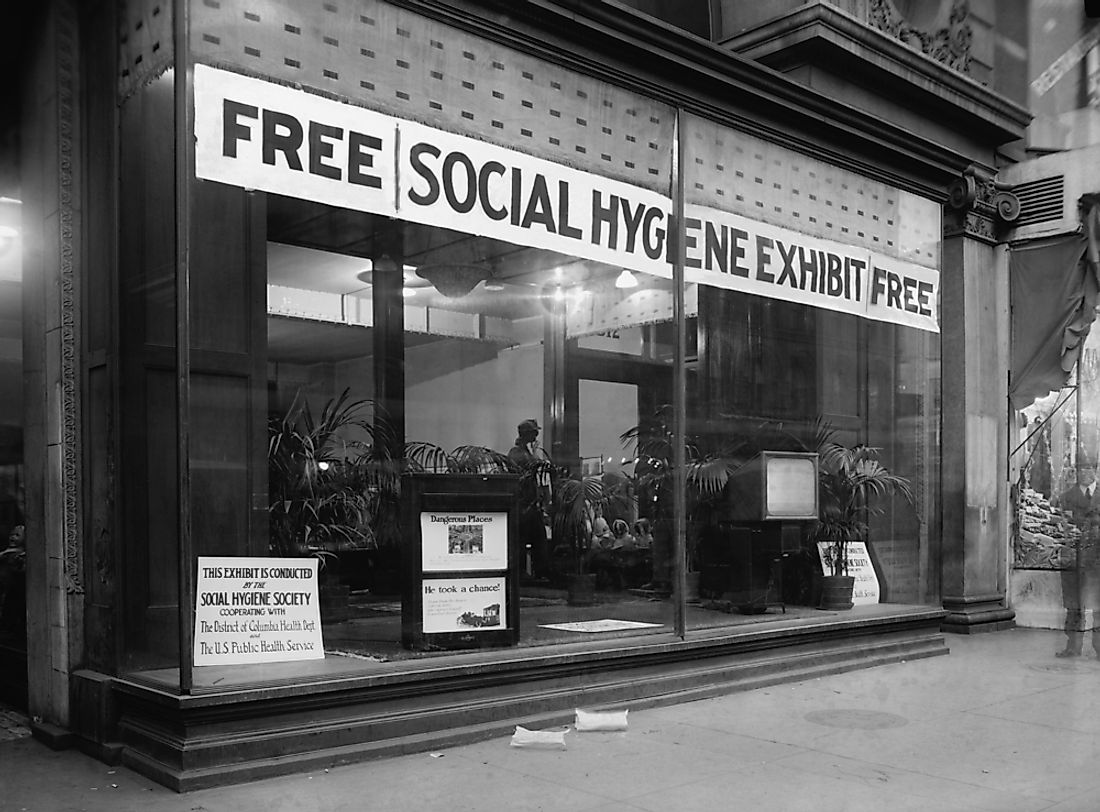When Was the Progressive Era?

The Progressive Era was a period in US history that was witness to intense political and social reforms in the country. The period stretched from the 1890’s to the 1920’s. The era gave birth to many leading reformers who fought against all odds to end corruption in the country. The significant role of women in the society and their rights as equal citizens were largely recognized. It was during the Progressive Era that the women in the US could finally enjoy the right to vote. Workers and consumers received several protections and the exploitation of workers was largely prevented. Overall, the negative social effects of industrialization were counteracted during the Progressive Era.
The Need for a Reform
Although the wave of industrialization in the US in the 19th century made the country prosperous, the effects of this prosperity were enjoyed by only a small percentage of the population. A large section of the population remained poor and experienced little improvement in their standard of living. Industry and private enterprise owners reaped great benefits and became richer while the workers were exploited and paid low wages in exchange for rigorous work schedules. Unethical and unfair practices were adopted by many corporate bosses to achieve faster profits. During such a crisis situation, several reformers started speaking up against the corruption prevalent in the country. They also tried to highlight the abuse of human rights by the rich businessmen and politicians to achieve personal profits.
The Progressive Ideologies and Beliefs
Some basic assumptions determined how the progressive reformers viewed the world. They assumed that human nature could be altered by the balanced implementation of regulations, punishments, and incentives. These reformers also assumed that the power of the federal government could be utilized to end the unethical practices, exploitation, and suppression of the poor and the needy.
Progressive Reformers in Action
Some of the reformers of the Progressive Era still inspire the masses today. For example, Ida Tarbell, one of the reformers, exposed the corrupt practices of an oil company and became one of the earliest pioneers of investigative journalism. Jane Addams, another reformer, established the Hull House to help immigrants adapt to the US way of life. The reformers of the Progressive Era came from different walks of life and even included US presidents Theodore Roosevelt and Woodrow Wilson. They helped in curbing the power of the private industry and business owners while expanding the power of the federal government. They also provided protection to the consumers and workers against exploitation and corruption.
An Era of Change
The reformers of the Progressive Era’s were influential enough to create waves of change in not only the US society but also in the laws of the country. Their activities even influenced Constitutional amendments. One of the most notable of these amendments was the Nineteenth Amendment that granted the women in the US the right to vote. A number of laws were also passed to end corrupt practices in the country. One of these laws was the Pure Food and Drug Act of 1906 that was created to ensure that the consumers are supplied with food and pharmaceutical products that are safe to consume and pure in composition. Another important legislation of this period was the Clayton Antitrust Act of 1914. This law aimed to stop the practice of businesses to stifle competition using unfair means.
Controversy
Not everything about the Progressive Era was, however, positive. Several reforms and laws established during this era have been widely criticised. For example, it was claimed that some of the work of the reformers promoted discrimination on the basis of race. The Ku Klux Klan experienced a revival during this period that threatened the well-being of the African Americans and the non-White immigrants to the country. Several restrictions were also placed on immigration to the US. The immigrants were held responsible for the poor working conditions and low salaries in the US industrial scene. Several legislations passed during this time severely restricted immigration to this country.











